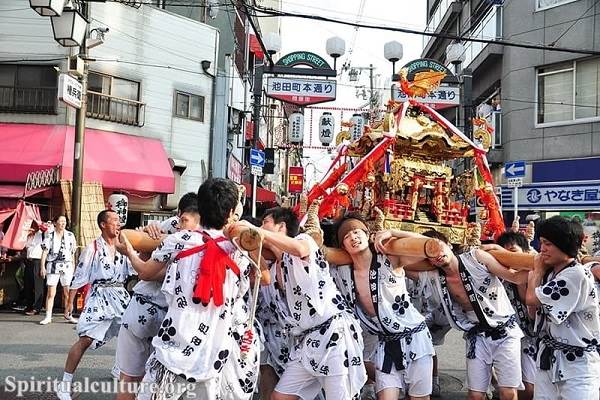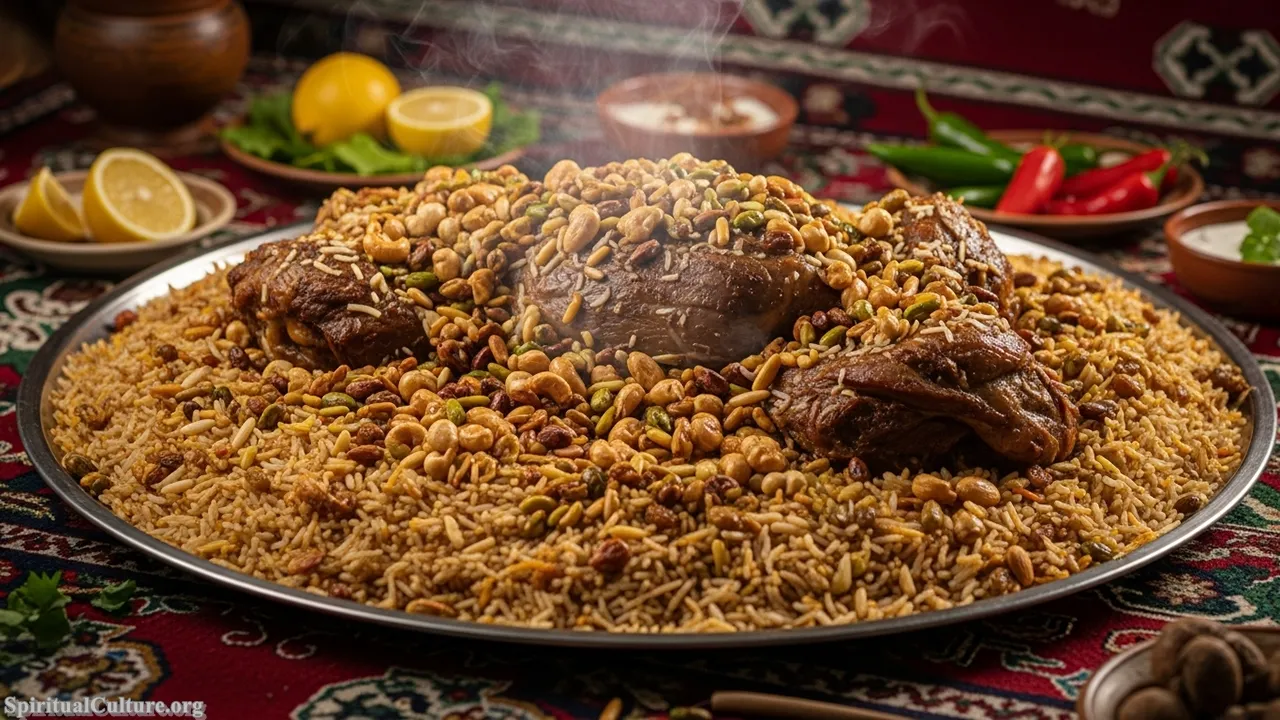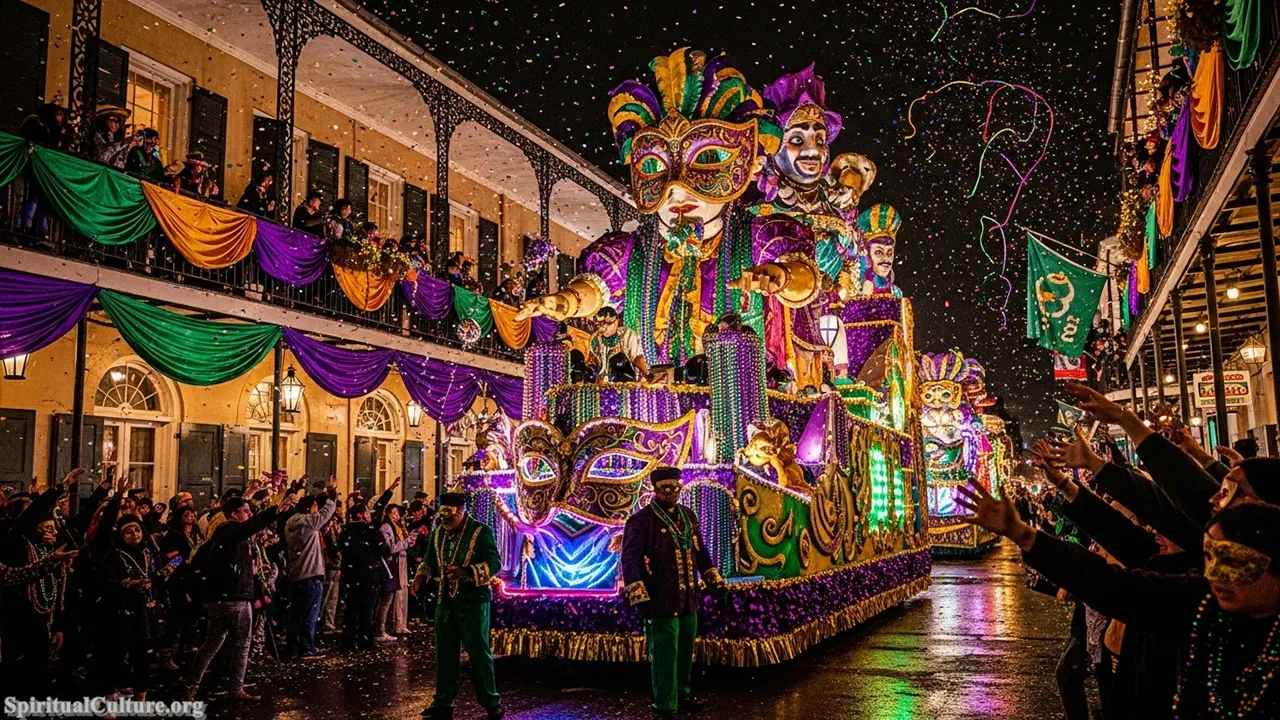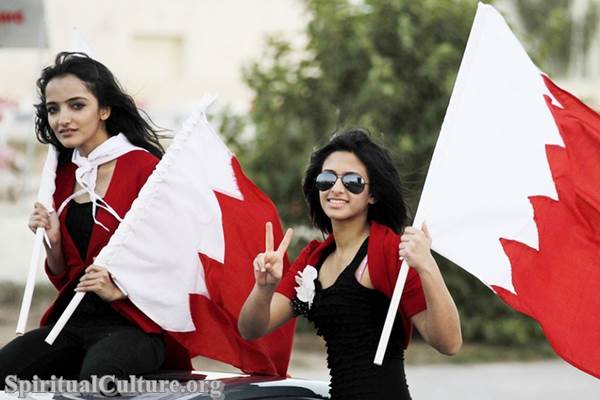Apart from its coastline with the South China Sea, it is completely surrounded by the state of Sarawak, Malaysia. It is a small country with a rich history, diverse culture, beautiful natural landscapes, and a fascinating royal heritage.
In this article, we will delve into Brunei’s intricate and unique culture, its traditional clothing and cuisine, and various aspects of Brunei culture that make it a captivating destination for cultural exploration.
Culture of Brunei
Brunei’s culture is deeply rooted in its Malay origins, reflected in the nation’s language, architecture, ceremonies, and daily life customs. Though various cultural influences from its neighbors have been absorbed, Brunei has managed to retain its unique identity among the Southeast Asian countries. The Bruneian way of life is heavily influenced by Islamic traditions that meld with traces of Indian, Chinese, and indigenous cultures. The adoption of Islam dates back to the 15th century, when Islam became the country’s official religion, shaping its laws and customs.
Traditionally, Bruneian society follows a hierarchical structure, with the Sultan, who is also the head of state, at the top. Respect for elders and those of higher status is deeply ingrained in the Brunei culture. This sense of respect extends to their communication style, where direct confrontation and public criticism are generally avoided to maintain face and respect.
Brunei Traditional Clothing
Traditional clothing in Brunei includes the baju kurung (a loose tunic worn by women over a long skirt) and the baju melayu (a shirt worn by men with trousers). The fabrics used are often brightly colored and include various designs and patterns. Women typically wear headscarves, known as tudongs, while men wear a type of hat called songkok.
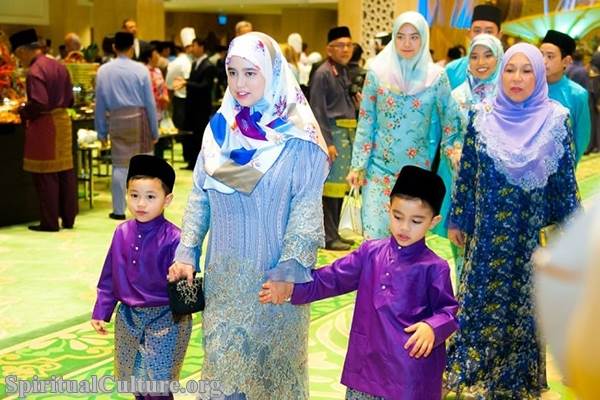
For formal occasions, like weddings or official state functions, men wear the traditional ‘Menteri,’ a black or white headdress, and a ‘Baju Cara Melayu,’ a loose tunic over trousers, with a double folded cloth (sinjang) around the waist. Women don the ‘Tudong Seri,’ a beautifully embellished headscarf, and ‘Baju Kurong,’ a traditional two-piece dress. The materials used for these garments are often luxurious, incorporating intricate beadwork and gold threads.
Brunei Food
Brunei cuisine is a flavorful mix of traditional Malay food with strong influences from Indonesia, China, Thailand, and India. Rice is a staple food in Brunei, served with a variety of side dishes. A popular Brunei food is ‘Ambuyat,’ a sticky ball of flavorless sago starch rolled around a bamboo fork and dipped into a tangy fruit sauce.
Seafood is heavily featured in Brunei cuisine, with dishes often built around fish, shrimp, and other sea creatures. Another popular dish is ‘Nasi Katok,’ which consists of fried chicken, rice, and sambal, a spicy chili sauce. ‘Nasi Lemak,’ rice cooked in coconut milk and served with a variety of sides, is also a local favorite.
Many of the dishes are cooked using traditional methods, such as bamboo cooking (using bamboo tubes to cook rice and meat) and wrapped cooking (wrapping food in banana or pandan leaves before cooking). These methods impart a unique flavor to the food, making it an essential part of the Brunei food culture.
The Culture of Brunei perfectly blends traditions, etiquette, and a culinary journey that reflects the country’s history and influences. Despite the modernization, Brunei has managed to maintain its cultural identity, making it a captivating destination for cultural aficionados. Every aspect of life in Brunei has a touch of tradition, from the clothes they wear, the food they eat, and the etiquette they follow. This rich cultural heritage, combined with a welcoming and harmonious society, makes Brunei a fascinating country that continues to captivate and enchant visitors from around the world.
